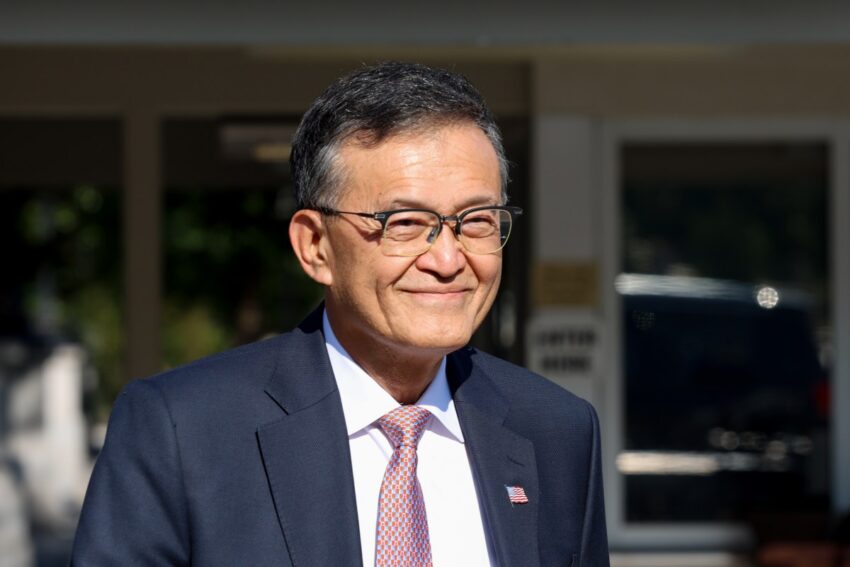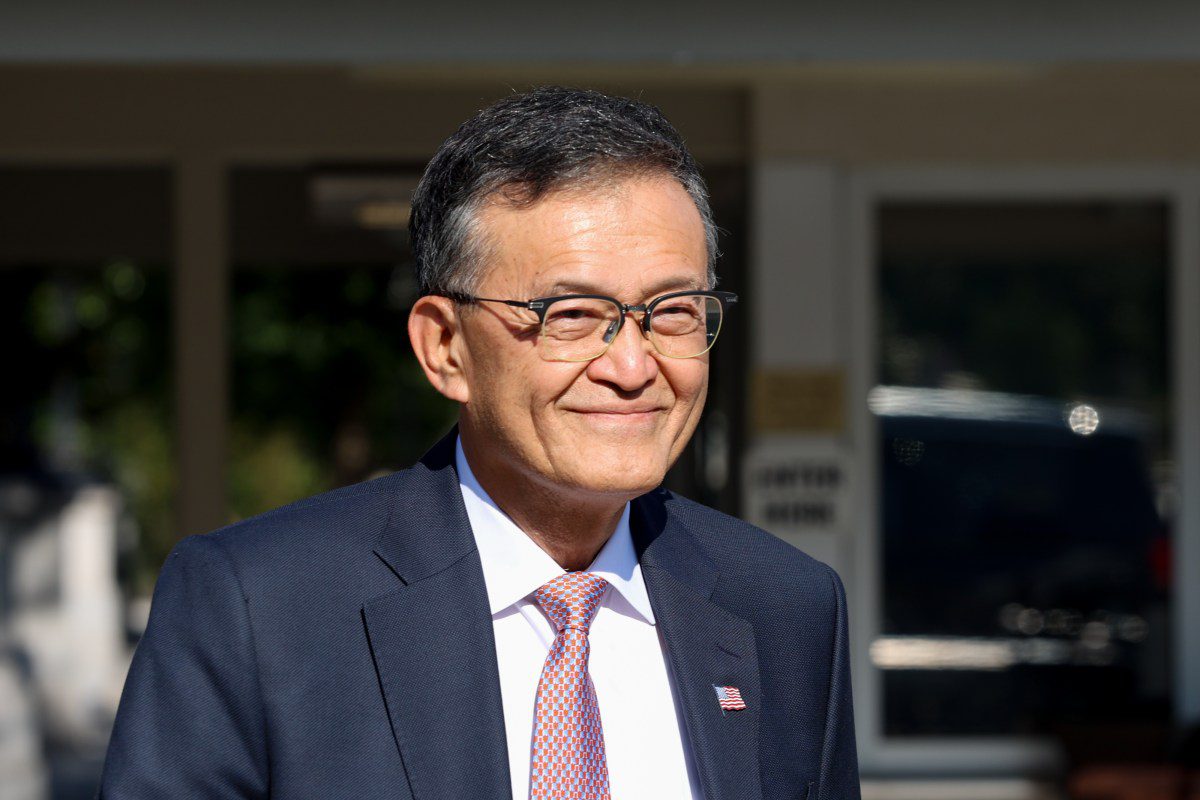
with an intel recovery underway all eyes Intel has reported a significant financial boost in its latest quarter, prompting renewed interest in its foundry business amidst ongoing challenges.
with an intel recovery underway all eyes
Financial Performance in Q3 2025
In the third quarter of 2025, Intel announced a remarkable addition of $20 billion to its balance sheet. This increase is a positive indicator of the company’s financial health and suggests a potential recovery from previous struggles. However, while the financial figures are promising, Intel has been relatively reticent about the specifics of its foundry business, which has faced considerable hurdles in recent years.
Understanding Intel’s Foundry Business
Intel’s foundry business is a critical component of its overall strategy, aimed at manufacturing chips for other companies. This segment has been under scrutiny as Intel attempts to regain its competitive edge in the semiconductor industry. The foundry business is not merely an ancillary operation; it represents a strategic pivot for Intel as it seeks to diversify its revenue streams and capitalize on the growing demand for semiconductor manufacturing.
Historically, Intel has been known primarily as a designer and manufacturer of its own chips. However, the landscape of the semiconductor industry has shifted dramatically in recent years, with companies like TSMC and Samsung taking the lead in foundry services. As a result, Intel’s decision to expand its foundry capabilities is both a response to market demands and a strategic necessity.
Challenges Facing the Foundry Division
Despite the financial gains reported in Q3, Intel’s foundry business has encountered several challenges that have hindered its progress. These challenges include:
- Technological Delays: Intel has faced delays in transitioning to advanced manufacturing processes, which are critical for producing cutting-edge chips. The company has struggled to keep pace with competitors who have already adopted smaller process nodes.
- Capacity Constraints: The demand for semiconductor manufacturing has surged, yet Intel has not been able to ramp up its production capacity quickly enough to meet this demand. This has resulted in lost opportunities and potential clients turning to other foundries.
- Market Competition: The foundry market is highly competitive, with established players like TSMC and emerging competitors vying for market share. Intel’s late entry into this space has made it challenging to attract clients who are already committed to other foundries.
Strategic Initiatives for Recovery
In light of these challenges, Intel has implemented several strategic initiatives aimed at revitalizing its foundry business. These initiatives are designed to enhance its manufacturing capabilities and improve its competitive positioning in the market.
Investment in Technology and Infrastructure
One of the primary strategies Intel is pursuing involves significant investments in technology and infrastructure. The company has committed to upgrading its manufacturing facilities and investing in research and development to advance its process technologies. This includes efforts to develop cutting-edge nodes that can compete with those offered by leading foundries.
Intel’s investments are not limited to its existing facilities; the company is also exploring partnerships and collaborations with other technology firms to leverage external expertise and accelerate its technological advancements. By fostering innovation through collaboration, Intel aims to enhance its manufacturing capabilities and attract new clients to its foundry services.
Focus on Client Relationships
Another crucial aspect of Intel’s recovery strategy is its emphasis on building strong relationships with potential clients. The foundry business relies heavily on trust and reliability, and Intel is keen to demonstrate its commitment to delivering high-quality manufacturing services. This involves not only meeting production deadlines but also providing exceptional customer support and fostering long-term partnerships.
Intel has been actively engaging with potential clients to showcase its manufacturing capabilities and the advantages of partnering with the company. By emphasizing its technological advancements and commitment to quality, Intel aims to position itself as a viable alternative to established foundries.
Market Implications
The developments in Intel’s foundry business have significant implications for the broader semiconductor market. As Intel seeks to regain its footing, the competitive dynamics within the foundry sector may shift. A successful recovery could lead to increased competition, potentially driving innovation and lowering costs for clients.
Impact on Competitors
Intel’s resurgence in the foundry space could pose challenges for its competitors, particularly those that have dominated the market for years. Companies like TSMC and Samsung may need to reassess their strategies and offerings in response to Intel’s renewed focus on foundry services. This could lead to a more competitive landscape, benefiting clients through enhanced service offerings and pricing.
Broader Economic Context
The semiconductor industry is a critical driver of technological advancement and economic growth. As demand for chips continues to rise across various sectors, including automotive, consumer electronics, and artificial intelligence, the success of Intel’s foundry business could have far-reaching implications for the overall economy. A robust foundry sector can contribute to job creation, technological innovation, and increased competitiveness on a global scale.
Stakeholder Reactions
Reactions from stakeholders, including investors, analysts, and industry experts, have been mixed regarding Intel’s foundry business. While the financial gains reported in Q3 are encouraging, many stakeholders remain cautious about the company’s ability to overcome its challenges.
Investor Sentiment
Investors have expressed optimism about Intel’s financial performance, as evidenced by the positive market response following the Q3 announcement. However, there is also a palpable sense of concern regarding the foundry business. Investors are closely monitoring Intel’s progress in addressing its technological delays and capacity constraints, as these factors will significantly influence the company’s long-term growth prospects.
Analyst Perspectives
Industry analysts have offered varying opinions on Intel’s foundry strategy. Some analysts believe that Intel’s investments in technology and infrastructure will ultimately pay off, positioning the company as a formidable player in the foundry market. Others, however, caution that the competitive landscape is evolving rapidly, and Intel may face significant hurdles in gaining market share.
Looking Ahead
As Intel navigates its recovery and seeks to bolster its foundry business, the coming months will be critical. The company must demonstrate its ability to execute on its strategic initiatives and deliver tangible results. Key milestones to watch for include:
- Technological Advancements: Progress in developing advanced manufacturing processes will be a key indicator of Intel’s ability to compete effectively in the foundry market.
- Client Acquisition: Intel’s success in attracting new clients and securing contracts will be crucial for the growth of its foundry business.
- Financial Performance: Continued financial gains will be necessary to sustain investor confidence and support ongoing investments in the foundry division.
In conclusion, while Intel’s financial recovery is a positive development, the future of its foundry business remains uncertain. The company faces significant challenges but has also laid out a roadmap for revitalization. Stakeholders will be closely watching Intel’s progress as it seeks to reclaim its position in the semiconductor industry.
Source: Original report
Was this helpful?
Last Modified: October 24, 2025 at 6:38 am
3 views















